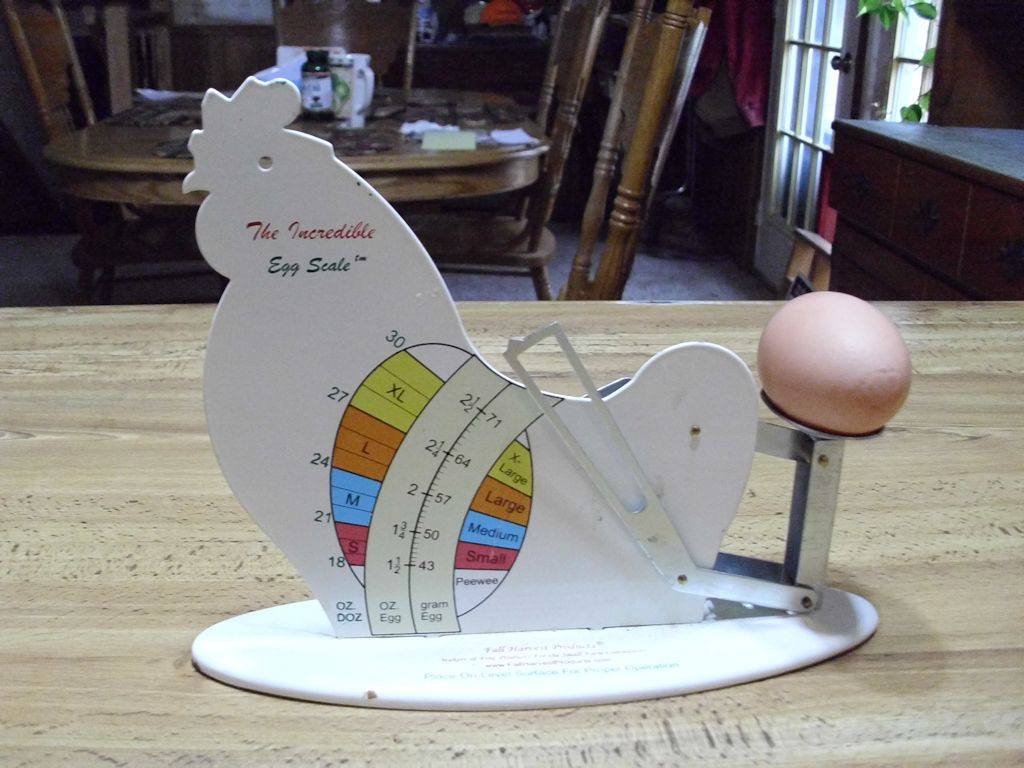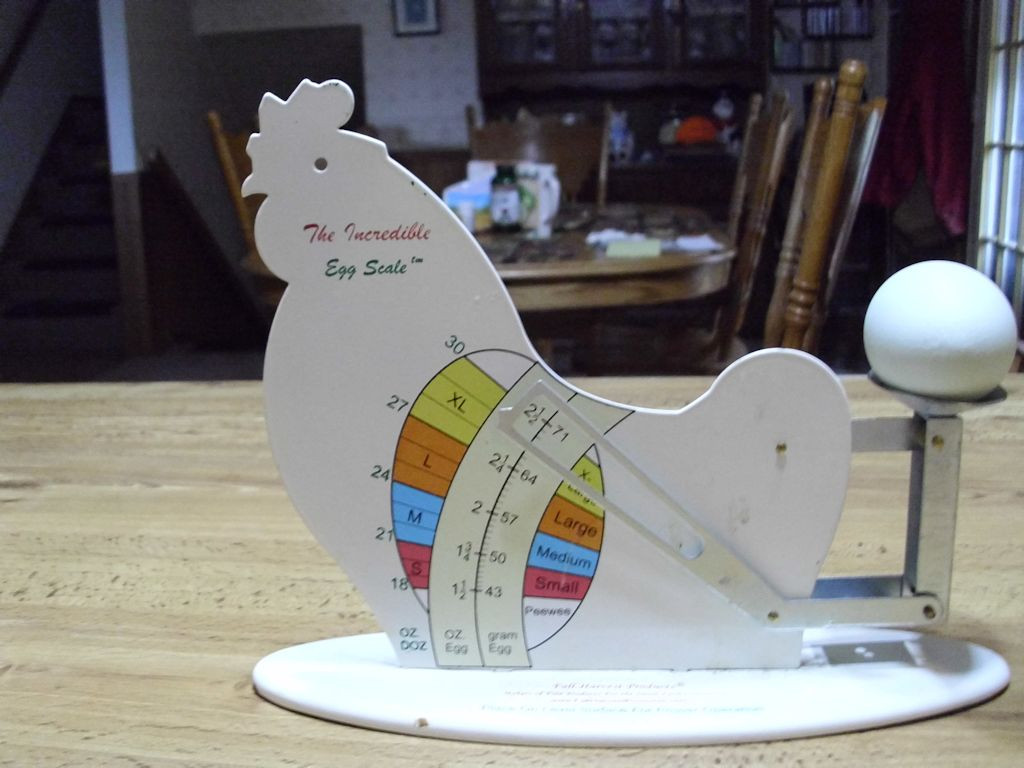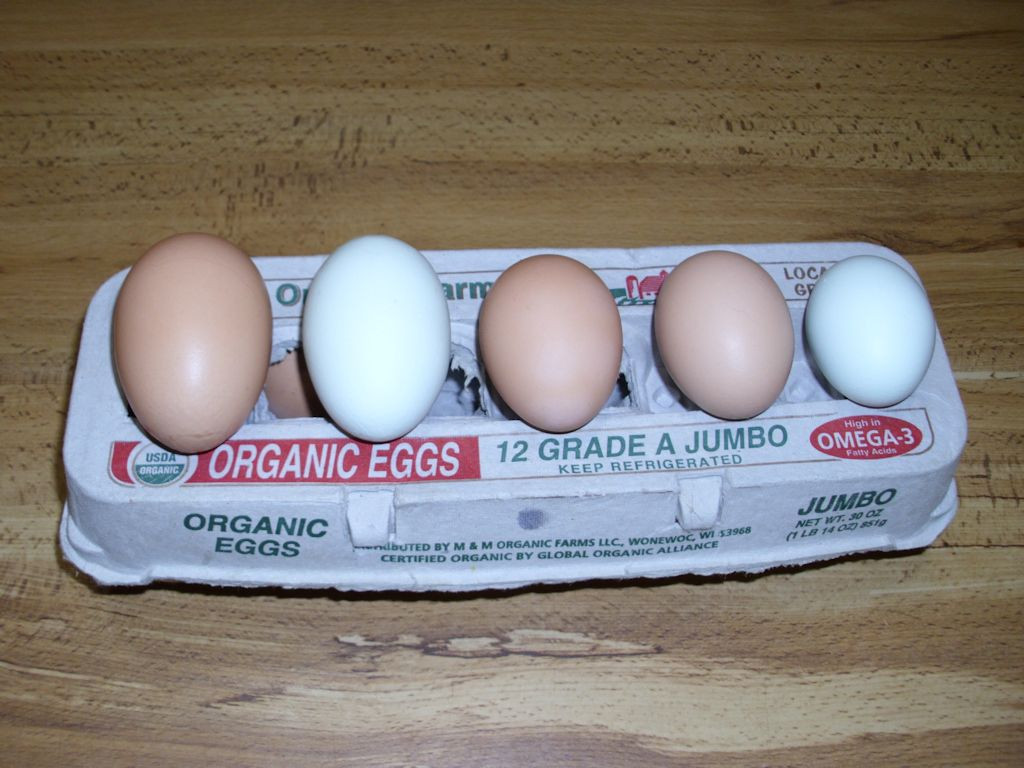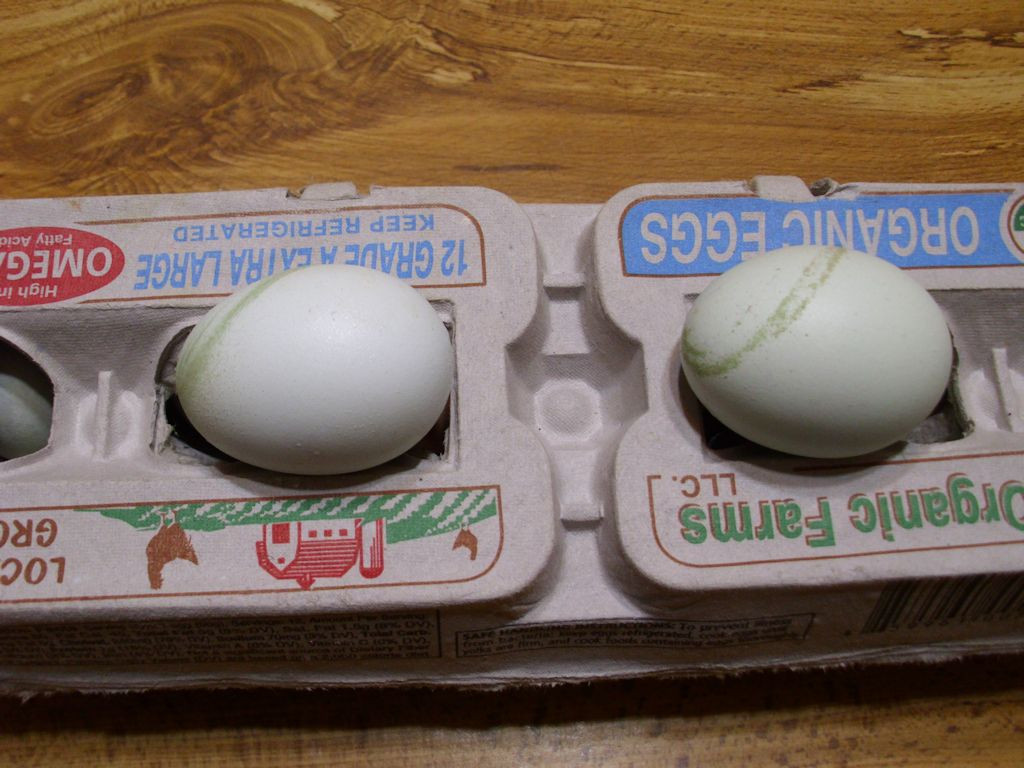A number of people wrote to ask about my hurt hen after reading Dealing with Hurt Chickens. You’ll be happy to know that my hen is fully healed at this point and the infection is completely gone (without leaving any signs). Over the years I’ve found that hens are quite resilient as long as you get to the source of a problem quickly and provide at least a modicum of care. Getting the hen out of the coop when her mates can’t help her is the prime concern. Otherwise, the other hens will proceed to peck her to death.
Chickens aren’t particularly known for their long term memory. After almost a month, the other members of the coop had quite forgotten about the hurt hen, so I couldn’t just put her back into the coop and expect everything to work right away. The process involves putting the hen, cage and all, into the coop for a few days. Unfortunately, the addition of a relatively large cage made the coop seem amazingly small as I tried to get to the eggs. The hens took great delight in sitting on my shoulders and head while I tried to get past the cage. They also mumbled strange, dark chicken thoughts about how I’d be so much better off if I simply removed the stranger from their midst. I’m used to this little inconvenience because it happens every time I introduce new chicks to the coop.
What I hadn’t quite expected is the hen’s reaction to their new coop mate. Normally, the hens spend a good deal of time running around the cage, sitting on top of it, and attempting to peck the chicks. In other words, they’re active in their desire to be rid of the strangers at any cost. Not so this time! The hens took up a line around the cage and stared. Some sat, some stood, but all mumbled, and then mumbled some more. I’m not sure why a single adult hen should be different from five or six juveniles, but there is some point of chicken etiquette of which I’m most definitely not aware. After a while though, the hens simply started ignoring the cage and went about their business.
Because of the absurd initial reaction, I decided to leave the hen in her cage for an extra day, so the inconvenience of trying to get to the eggs lasted longer than I would have liked, which is where the trip comes into play. Imagine trying to get around in a coop that one wouldn’t normally consider spacious with a bunch of hens and a relatively large cage in your way. One day I went in and, as usual, put the eggs into my jacket pocket as I collected them. My sweatshirt jacket makes a fine place to put eggs most of the time, but not this time. Yes, I fell and did the Lucy act (see Lucy Does the Tango). Well, my jacket really did need to be washed anyway and a shower is always nice after working in the coop.
At this point, my hurt hen is no longer hurt. She’s running around with the other chickens, who have somehow suddenly remembered where she was at in the pecking order. Normally, when I introduce juvenile chicks, there is a lot of fighting until the new pecking order is established, but that didn’t happen in this case except for a little while on the first day. Otherwise, the coop has been quite happy. Let me know your thoughts on reintroducing chickens after they heal to the coop at [email protected].





